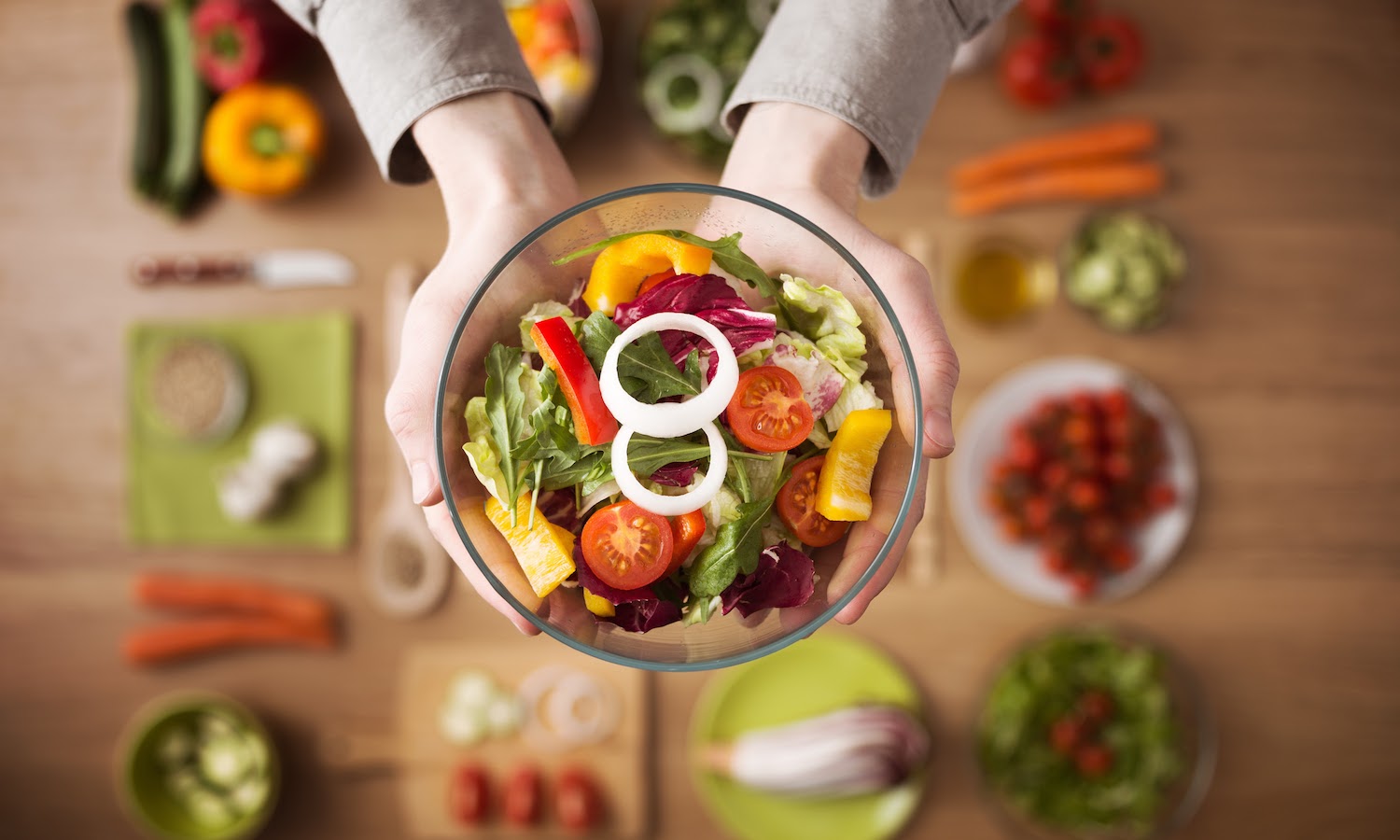
By: Thurkkha Thayalalingam
Sustainable diets are defined as “diets with low environmental impacts which contribute to food and nutrition security and to healthy life for present and future generations” (Food and Agriculture Organization [FAO]). Some recommendations from FAO on how to have a sustainable diet include plant-based diets, reducing food waste, sustainable fish consumption, and reducing red meat consumption (FAO).
You may already know that eating organic food is healthier and sustainable. However, here are some other foods that you can incorporate into your diet to be more sustainable!
Bison
Bison and cattle both emit methane, however bison can be a more sustainable alternative to beef as they have a lower overall environmental impact. Often known as “ecosystem engineers”, bison cause less erosion damage, and their grazing encourages plant regrowth that provides a constant food supply (Geremia et al., 2019). Additionally, bison are much more nutritious as they contain less fat and provide more protein, iron and B vitamins (Richards, 2023).
Pulses
Pulses such as beans, peas, and lentils are also healthy and sustainable additions to any diet. They require minimal resources and are a great source of protein, making them a good plant-based alternative to meat products (Tidaker et al., 2021).
Seaweed
Seaweed gets all the resources it needs to grow from the water around it, not requiring any fertilizers. It also filters excess phosphorous and nitrogen from the water, reducing the impacts of agricultural runoff (National Oceanic and Atmospheric Administration [NOAA] Fisheries). Seaweed also plays an important role in storing carbon dioxide from the atmosphere (NOAA Fisheries). The health benefits of consuming seaweed as well as the ecosystem services it provides make it an excellent sustainable food option.
Mussels
While many seafood products tend to have significant environmental impacts, mussels can be produced quite sustainably. Harvesting mussels doesn’t result in a lot of by-catch or ecosystem damage in comparison to other seafoods (Suplicy, 2018). They use carbon dioxide from the ocean to grow their shells, helping to reduce greenhouse gases in the water (Suplicy, 2018). Mussels also happen to have a high protein content!
Mushrooms
Mushrooms can be grown in vertical growing facilities, allowing for a high yield in a relatively small space. They use soil made of composted agricultural materials to grow and this soil can then be used for other purposes such as potting soil (Mushroom Council). Since mushrooms are grown indoors, their energy and water consumption can be easily controlled by farmers (American Mushroom Institute).
Leafy Greens
Leafy greens such as kale, spinach, and lettuce can grow abundantly as long as they have enough soil and water. Leafy greens can be grown easily indoors and are a common vegetable in indoor vertical farms (Buehler and Junge, 2016).
References
Buehler, D. & Junge, R. (2016). Global Trend and Current Status of Commercial Urban Rooftop Farming. Sustainable Agriculture, 8(11), 1108. https://doi.org/10.3390/su8111108
Geremia, C., Merkle, J.A., Eacker, D.R., & Kauffman, M.J. (2019). Migrating Bison Engineer the Green Wave. Biological Sciences, 116(51), 25707-25713. https://doi.org/10.1073/pnas.1913783116
Richards, L. (2023). Bison vs. Beef: Differences in Cholesterol. Retrieved May 16, 2023, from https://www.medicalnewstoday.com/articles/cholesterol-in-bison-vs-beef
Suplicy, F.M. (2018). A Review of the Multiple Benefits of Mussel Farming. (2018). Reviews in Aquaculture, 12(1), 204-223. https://doi.org/10.1111/raq.12313
Tidaker, P., Potter, H.K., Carlsson G., & Roos, E. (2021). Towards Sustainable Consumption of Legumes: How Origin, Processing and Transport Affect the Environmental Impact of Pulses. Sustainable Production and Consumption, 27, 496-508. https://doi.org/10.1016/j.spc.2021.01.017





